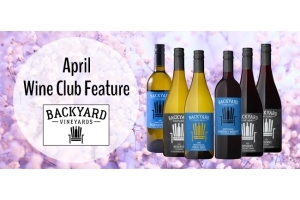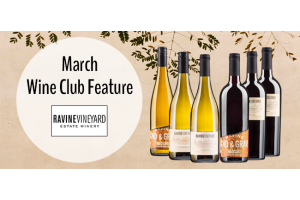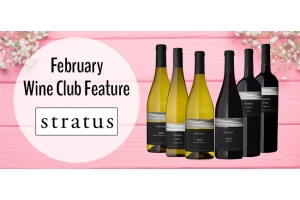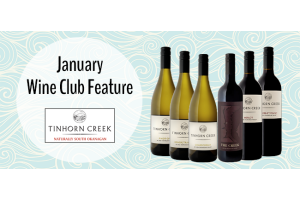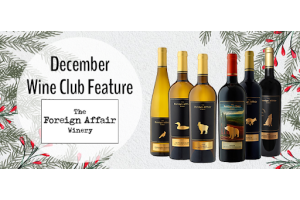Wine 101: Pink Ain't Sweet

It’s pink, it looks like Kool-Aid: it must be sweet! That’s what many wine drinkers associate rosé with. Those bottles of Mateus and White Zinfandel that were once so popular in the 80’s, ended up tarnishing a drink that has a long-standing history.
In Europe, rosé isn’t just confined to an apéro on a hot summer day. Italians, French and Spaniards have been sipping on colorful drinks for centuries. In most cases these drinks can be described as dry, food friendly and refreshing.
Rosé can be made from any red grapes by leaving the juice in contact with the skin for a short period of time. The only exception to that rule is sparkling wine. Many pink bubblies are a blend of white and red wine. From pale salmon and delicate to deep pink and full bodied, there is as much diversity in rosé as there is in white and red wine.
In the last decade, we’ve seen a trend of an increasing amount of winemakers crafting dry refreshing rosé with the hope that North American drinkers will embrace this drink again. European rosé is often the source of inspiration. The southern French wine region of Provence for a more light and delicate style, Tavel in the Rhône Valley for a more fuller bodied wine, Navarra in Spain for those richer versions meant to be accompanied by food with the classic match being paella.
This craze for rosé can be felt by Canadian winemakers as well. Inspired by the light styles found in the Loire Valley in France, JoieFarm is making an ode to rosé by calling their wine ‘Think Pink’. A blend of Gamay and Pinot Noir, it is a great match with Sockeye or Atlantic Salmon. Juicy with thirst quenching notes of cranberries and pink grapefruit, Haywire Pinot Noir rosé is slightly fuller than those examples found in the Burgundy wine region in France. It’s delicious with grilled tuna, salads or simply served as an aperitif. Although Tantalus is currently sold out of its Pinot Noir rosé, it is one that you should seek out when it comes back in stock. A complete departure in style, it is closer to a Tavel or a Languedoc rosé. It shines the most at the table especially when served with Bouillabaisse or salade niçoise. If you want bubbly, Summerhill Cipes provides a nice aperitif for all occasions.
Remember, rosé can be enjoyed all year round. It provides a great option when you’re craving something fuller than a white but lighter than a red. While it can cool you down on a hot summer day, it also can give you some sunshine during the colder winter days. Santé!
Michelle Bouffard is a wine educator and journalist who splits her time between Montréal & Vancouver. She co-owns the Vancouver-based company ‘house wine’ and is the president of the BC Chapter of the Canadian Association of Professional Sommeliers. She Tweets @michellebwine and Instagrams @michellebouffard.

